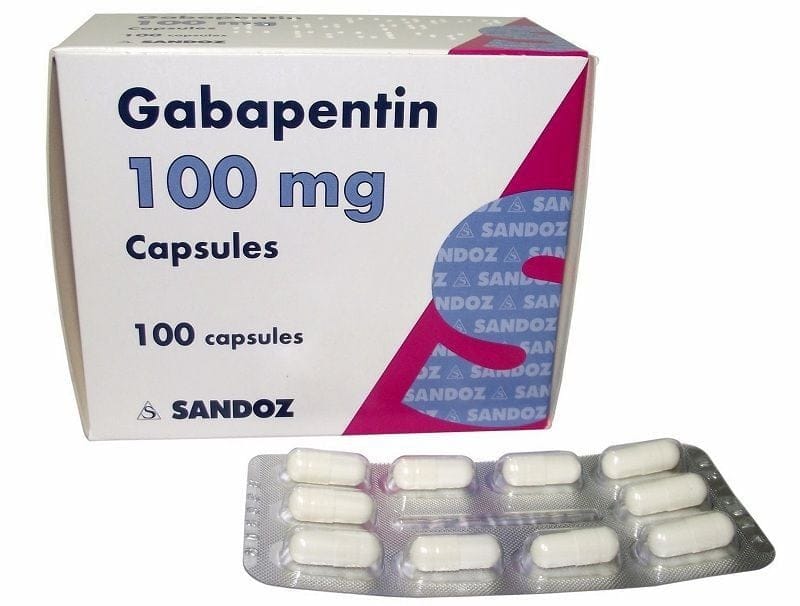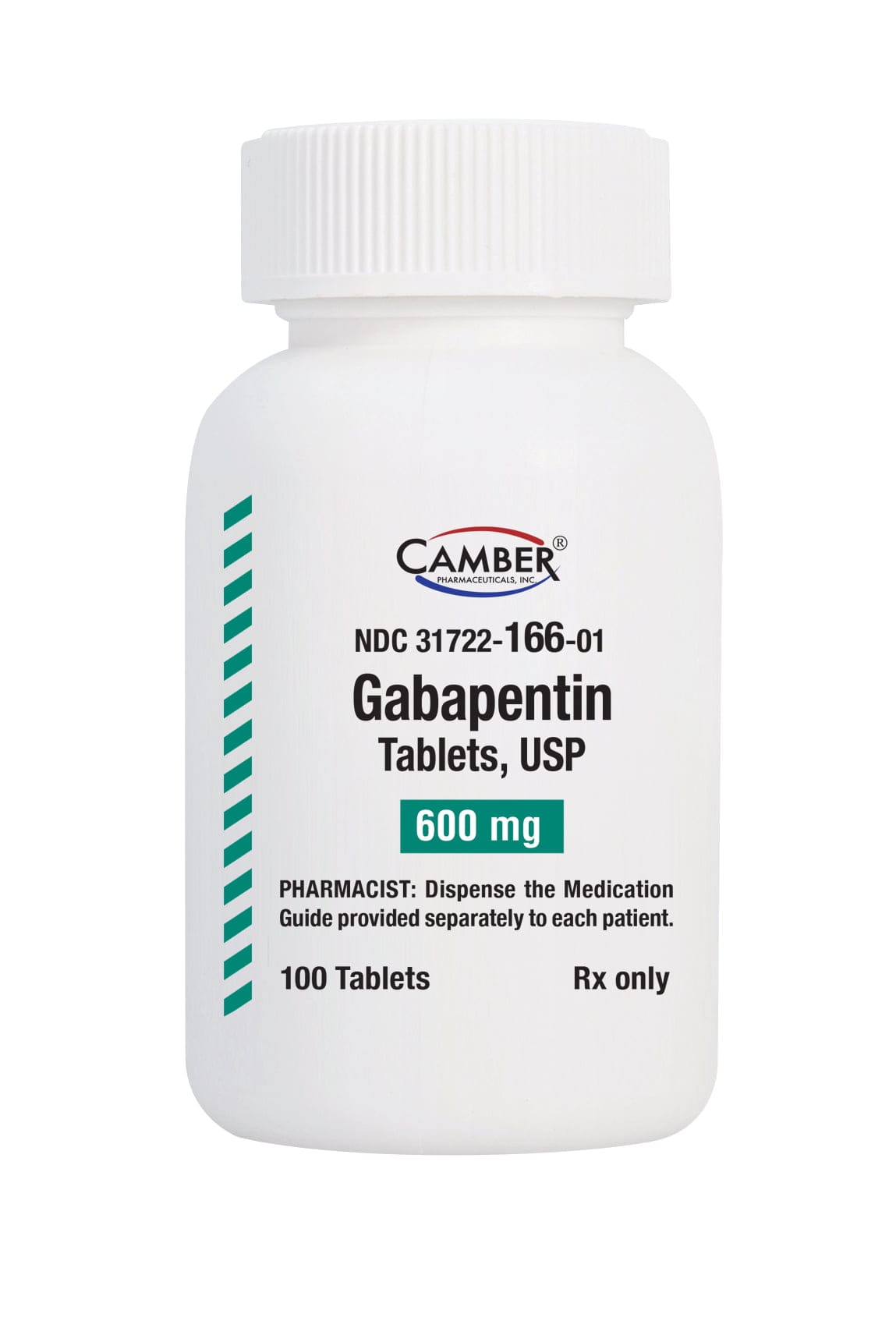Shipping with this method takes 3-5 days
Gabapentin 300mg Capsules for Postherpetic Neuralgia and Seizures
Price range: $26.99 through $192.99
Secure Encrypted Payments
This prescription anticonvulsant treats nerve pain after shingles and helps as add-on therapy for certain seizures. You can review clinically aligned information here to support your order and routine use. The page also outlines ways to save without insurance.
What Gabapentin Is and How It Works
People ask about gabapentin 300mg used for postherpetic neuralgia and as adjunctive therapy for partial-onset seizures. This medicine belongs to the anticonvulsant class. It binds to the alpha-2-delta subunit of voltage-gated calcium channels. That action can reduce excitatory neurotransmitter release in the nervous system. It does not act directly on GABA receptors. Effects vary by person and dose.
YouDrugstore is a licensed Canadian pharmacy in Manitoba. Pharmacists review prescriptions before dispensing. We provide US delivery from Canada to help you access authorized products through a regulated channel. Content here follows FDA and Health Canada labeling for capsules.
Who It’s For
This treatment is used for adults with nerve pain after shingles, called postherpetic neuralgia. It is also used with other medicines for partial-onset seizures in adults and in children when prescribed. People with a known allergy to this drug or any capsule component should not take it. Those with significant kidney problems may require dose adjustments guided by a prescriber. If you have breathing issues, severe sleep apnea, or take other sedatives, extra caution may be needed.
Dosage and Usage
Follow your prescriber’s directions and the official label. Typical schedules use divided doses taken consistently each day. Many start at a low dose and increase as tolerated to the target regimen. The gabapentin 300 mg dosage can differ by indication and kidney function. Taking doses at evenly spaced times helps maintain steady levels. You may take it with or without food. Swallow capsules whole with water.
Do not change your schedule without speaking to a healthcare professional. If you are also using opioids or other sedatives, your prescriber may monitor for increased sleepiness or breathing effects. Avoid abrupt discontinuation; stopping suddenly may raise seizure risk in those treated for epilepsy.
Strengths and Forms
Capsules are commonly available in multiple strengths, including 100 mg, 300 mg, and 400 mg. The 600 mg and 800 mg options are typically tablets. An oral solution exists for patients who cannot swallow solids. Not all presentations are stocked at all times. We list each item on its product page when available.
Many patients are dispensed a gabapentin 300 mg capsule for titration or maintenance, depending on the plan set by the prescriber.
Missed Dose and Timing
If you miss a dose, take it when you remember. If it is almost time for your next dose, skip the missed dose and resume your usual schedule. Do not double up to catch up. Keeping doses evenly spaced through the day supports steady symptom control. Using a reminder app or pill organizer can help maintain consistency.
Storage and Travel Basics
Store capsules at room temperature in a dry place, away from moisture and direct light. Keep the bottle closed tightly and out of reach of children and pets. Do not store in a bathroom. When traveling, carry your medicine in the original labeled container with a copy of your prescription. A small zip bag or pill case can simplify short trips, but keep the label handy for security checks. If flying, pack doses in your carry-on to prevent loss and reduce temperature swings. Dispose of any medicine that is visibly damaged or past its labeled date.
Benefits
This therapy can help reduce burning or shooting pain after shingles for many patients. It also supports better seizure control when used with other antiepileptic drugs. Flexible dosing and several strengths allow careful titration for tolerability. Capsules may be taken with or without food, which can simplify daily routines.
Side Effects and Safety
- Dizziness or lightheadedness
- Sleepiness or fatigue
- Balance problems
- Swelling in legs or feet
- Shaking or tremor
- Blurred or double vision
- Nausea or upset stomach
- Weight gain or appetite changes
More serious effects can occur. Seek urgent care for rash, facial swelling, trouble breathing, or severe allergic responses. Mood changes, irritability, or thoughts of self-harm require prompt medical attention. Do not stop this treatment abruptly without input from your prescriber. Report persistent swelling, coordination changes, or breathing concerns, especially if you also take opioids or other sedatives. For a quick overview of gabapentin 300mg side effects, review the official labeling or ask a pharmacist.
Drug Interactions and Cautions
Aluminum- or magnesium-containing antacids can reduce absorption when taken at the same time. Separating doses by at least two hours may help. Morphine can increase levels of this medicine; monitoring may be needed. Alcohol and other central nervous system depressants can add to drowsiness and dizziness. Use care with activities requiring alertness until you know how you respond. Kidney impairment affects clearance, so prescribers often adjust the dose accordingly. Tell your healthcare professional about all medicines, vitamins, and herbal supplements you take.
What to Expect Over Time
Some people notice changes after the dose is established, while others require gradual adjustments. Consistent timing and adherence usually support more stable effects. It may take continued use, along with other supportive measures, to see benefit for nerve pain. For seizure support, regular dosing and follow-up are essential. Discuss your goals and any side effects at routine visits so your plan can be refined.
Compare With Alternatives
Other options for nerve pain include pregabalin, which has a related mechanism, and duloxetine, an SNRI often used for neuropathic symptoms. For seizure control, alternatives such as carbamazepine or lamotrigine may be considered based on history and tolerability. Each therapy has distinct dosing and side effect profiles. Your prescriber will weigh your condition, other medicines, and response when choosing an option.
Pricing and Access
We offer Canadian rates and transparent listings so you can compare choices before checkout. If you track the gabapentin 300mg price, you can review our product page for current details. US shipping from Canada helps many patients access legitimate supply through a licensed pharmacy. Need a coupon? See our promotions page for any active offers. Checkout is encrypted to protect your information.
Availability and Substitutions
Stock levels can vary by strength and supplier. If your preferred option is unavailable, your prescriber may recommend a different strength or a comparable alternative. We cannot guarantee restock dates, but we will list items as soon as they return. Contact your healthcare professional before making any changes.
Patient Suitability and Cost-Saving Tips
This medicine may suit adults with postherpetic neuralgia or those needing adjunct seizure control. People with severe kidney disease, significant breathing problems, or a history of hypersensitivity should discuss risks carefully. Tell your prescriber about all sedatives, sleep aids, and alcohol use. To manage costs, consider multi-month fills when appropriate and set refill reminders so you do not miss doses. Keeping a simple symptom diary can help your clinician fine-tune your plan without extra visits.
Questions to Ask Your Clinician
- Right use: How should I space my daily doses?
- Goals: What improvements should I track first?
- Safety: Which side effects mean I should call you?
- Interactions: Do my antacids or pain medicines affect this therapy?
- Activities: Is it safe for me to drive on this dose?
- Adjustments: How will kidney function change my plan?
- Duration: How long should I continue before reassessing?
Authoritative Sources
See official information for complete details:
- Neurontin Prescribing Information (Pfizer)
- DailyMed: Gabapentin Capsule Listings
- Health Canada Drug Product Database
Ready to proceed? You can place your order with prompt, express, temperature-controlled handling when required. Information here is educational and not a substitute for professional medical advice.
Express Shipping - from $25.00
Prices:
- Dry-Packed Products $25.00
- Cold-Packed Products $35.00
Shipping Countries:
- United States (all contiguous states**)
- Worldwide (excludes some countries***)
Standard Shipping - $15.00
Shipping with this method takes 5-10 days
Prices:
- Dry-Packed Products $15.00
- Not available for Cold-Packed products
Shipping Countries:
- United States (all contiguous states**)
- Worldwide (excludes some countries***)
Can I open or crush the capsules?
Swallow capsules whole with water unless your prescriber gives different instructions. Opening or crushing can change how the medicine is absorbed and may affect tolerability. If you have difficulty swallowing, ask about an oral solution or a tablet strength that can be split if appropriate. Your pharmacist can review options and help you choose a form that matches your prescription and needs.
What should I know about driving or operating machinery?
Dizziness, sleepiness, and coordination problems can occur, especially when starting or when doses increase. Avoid driving or tasks that require alertness until you know how you respond. Using alcohol, sleep medicines, or opioids can increase these effects. If symptoms persist or worsen, speak with your healthcare professional to reassess your plan and timing of doses.
How do antacids affect this medicine?
Aluminum- or magnesium-containing antacids can reduce absorption when taken at the same time. A gap of about two hours between the antacid and your dose is often suggested in labeling. Calcium-based products do not have the same effect but may still warrant spacing. If you take multiple supplements, bring a list to your pharmacist for a quick interaction check.
What if I need to stop taking it?
Do not stop suddenly unless directed by your prescriber. Abrupt discontinuation may increase seizure risk and can cause symptom rebound. A gradual reduction is usually recommended to limit withdrawal-like effects such as anxiety, sweating, or sleep changes. Your healthcare professional can outline a taper schedule tailored to your dose, duration, and condition.
Can I drink alcohol while on this therapy?
Alcohol can increase drowsiness and dizziness. Combining alcohol with this medicine, especially at the start or after a dose increase, may raise the chance of falls or impaired judgment. If you choose to drink, keep amounts modest and avoid high-risk activities. Discuss safe limits with your prescriber if alcohol is part of your routine.
How soon might nerve pain feel different?
Response varies by person and by the dosing plan. Some patients notice changes after the dose is established, while others need gradual adjustments over time. Consistent daily use and follow-up with your clinician are important. Track your pain quality and sleep to share at visits. Those notes help guide any changes needed for comfort and function.
What if I forget a dose during the day?
Take the missed dose when you remember unless it is almost time for the next one. Skip the missed dose if it is close to your next scheduled time. Do not double up. Try using phone reminders, a pillbox, or pairing doses with daily routines such as meals to make timing easier. Ask your pharmacist for a simple schedule if you need help.

